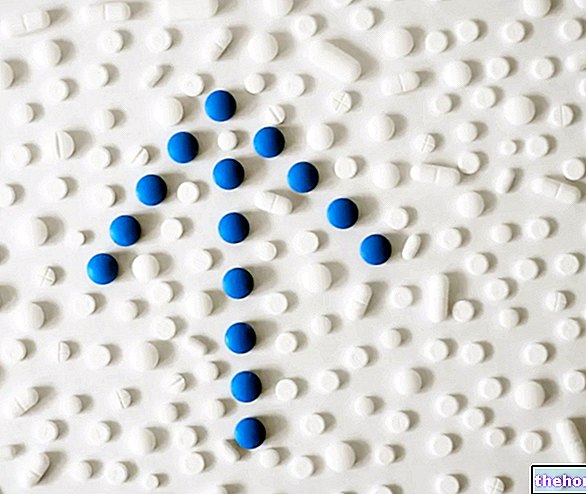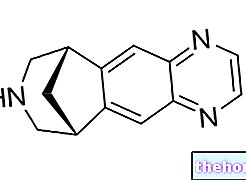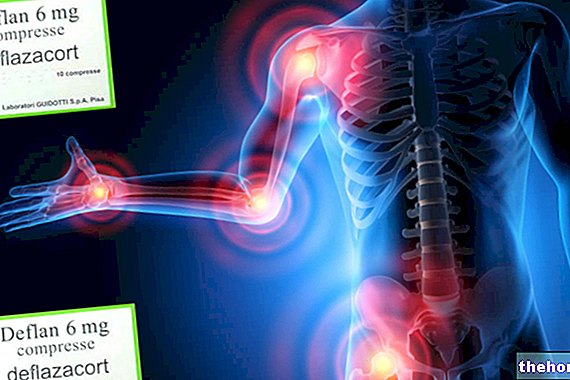Definition
Contrary to tachycardia, bradycardia occurs when heart rate (HR) values fall below the norm (compared to a reference population): to give an example, we speak of bradycardia in adults when the interval of HR is less than 60 bpm (beats per minute). When this value falls below 40 bpm, it is referred to as severe bradycardia.
Causes
An upset of the physiological heartbeat can significantly increase or decrease the heart rate; in the case of bradycardia, a heavy reduction in HR can be favored by several elements: obstructive sleep apnea, heart attack, congenital heart disease, cardiac surgical complications, hemochromatosis, drugs (antipsychotics, antihypertensive), rheumatic fever, hypothyroidism, lupus, myocarditis, Hashimoto's disease.
- Risk factors: drug abuse, alcoholism, anxiety, hypercholesterolemia, hypertension, stress
Symptoms
Bradycardia is not always synonymous with an ongoing pathology; however, among the most recurrent symptoms of bradycardia pathological, remember: confusion, chest pain, dyspnea, sleep disturbances, fatigue, general malaise, hypotension, syncope, dizziness, memory lapses.
- Complications: sudden cardiac arrest, heart failure, frequent fainting
Bradycardia Information - Bradycardia Treatment Drugs is not intended to replace the direct relationship between healthcare professional and patient. Always consult your doctor and / or specialist before taking Bradycardia - Drugs to Treat Bradycardia.
Medicines
BRADYCARDIA DOES NOT ALWAYS REFLECT A PATHOLOGICAL CONDITION: indeed, it is believed that in young patients practicing sports, a significant reduction in heart rate is absolutely physiological. Clearly the boundary between the "pathological" and the "physiological" is subjective: a decrease in HR values can be considered normal in one patient, but the same value can be pathological for another. In general, it can be said that bradycardia takes on a pathological significance when the heart rate values drop to a level that compromises the physiological blood supply in the various locations of the organism, making it insufficient with respect to the needs required by the metabolism. therefore, only in this case bradycardia can be a warning light for pathologies and the intake of drugs is indispensable for the patient's health.
The choice of one treatment rather than another depends on the type of problem responsible for the alteration of the heart's electrical impulse, the triggering cause and the severity of the symptoms.
Clearly, when the causal element materializes in hypothyroidism or sleep apnea, the resolution of the same results in the healing of the bradycardia.
The implantation of a permanent pacemaker is the extreme surgical therapeutic option to completely treat severe bradycardia, caused by a severe alteration in the transmission of heart electrical impulses.
The following are the classes of drugs most used in the therapy against bradycardia, and some examples of pharmacological specialties; it is up to the doctor to choose the most suitable active ingredient and dosage for the patient, based on the severity of the disease, the state of health of the patient and his response to treatment:
- Atropine (eg. Atropi S FN, Atropi S BIN): the drug is an antimuscarinic par excellence, together with scopolamine, widely used in therapy for the treatment of bradycardia. The posology for the treatment of bradycardia in adults suggests taking 0.4-1 mg of atropine intravenously, once. A therapeutic dose of drug within this range can be repeated every 1-2 hours (when necessary. ) to achieve an "adequate heart rate. Repeated doses of 2 mg only rarely need to be taken. Do not take in excessive doses:" Atropine intoxication can cause hallucinations, redness of the skin, hyperthermia, mydriasis, dry mouth.
The administration of atropine is also indicated for the treatment of bradycardia dependent on digitalis poisoning.
If the therapeutic effect of atropine is not completely decisive for the patient, he will be subjected to electrical stimulation.
- Isoprotenerol (isoprenaline: eg Isopre C FN): it is a sympathetic-mimetic drug indicated to treat bradycardia dependent on an excessive dose of beta-blockers and for bradycardias resistant to atropine: we briefly recall that the administration of some drugs for treatment of hypertension can cause bradycardia; therefore, Isoprotenerol constitutes in this case a sort of antidote, since it exerts its therapeutic action in competition with beta-blockers. The drug is available in vials of 0.4 mg of active diluted in 50 ml of physiological solution: for treat bradycardia, it is recommended to take the drug by initial intravenous infusion of 1-20 mcg / min, adjusting the dosage according to the "therapeutic effect." The dose of 0.05-2 mcg / kg per minute is the one suggested to treat bradycardia in the child and infant.



























